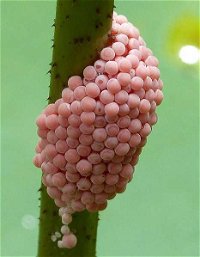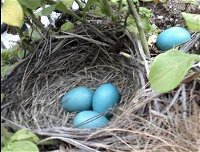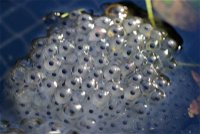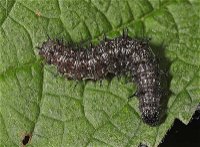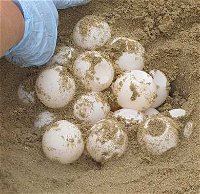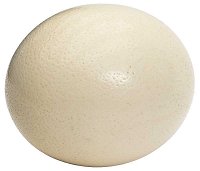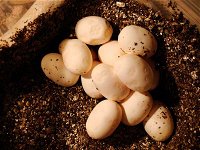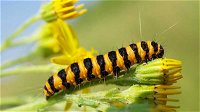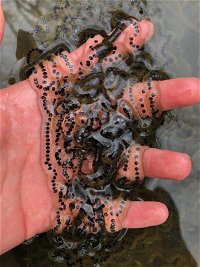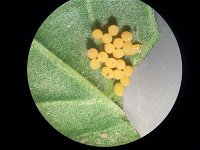
Soon I'll Be Trivia Quiz
Which Animal?
This mixture of photos shows certain creatures at an early stage of development - one which is rather different from what they'll turn into as adults. Match the photo to the creature it will become.
by rossian.
Estimated time: 3 mins.
